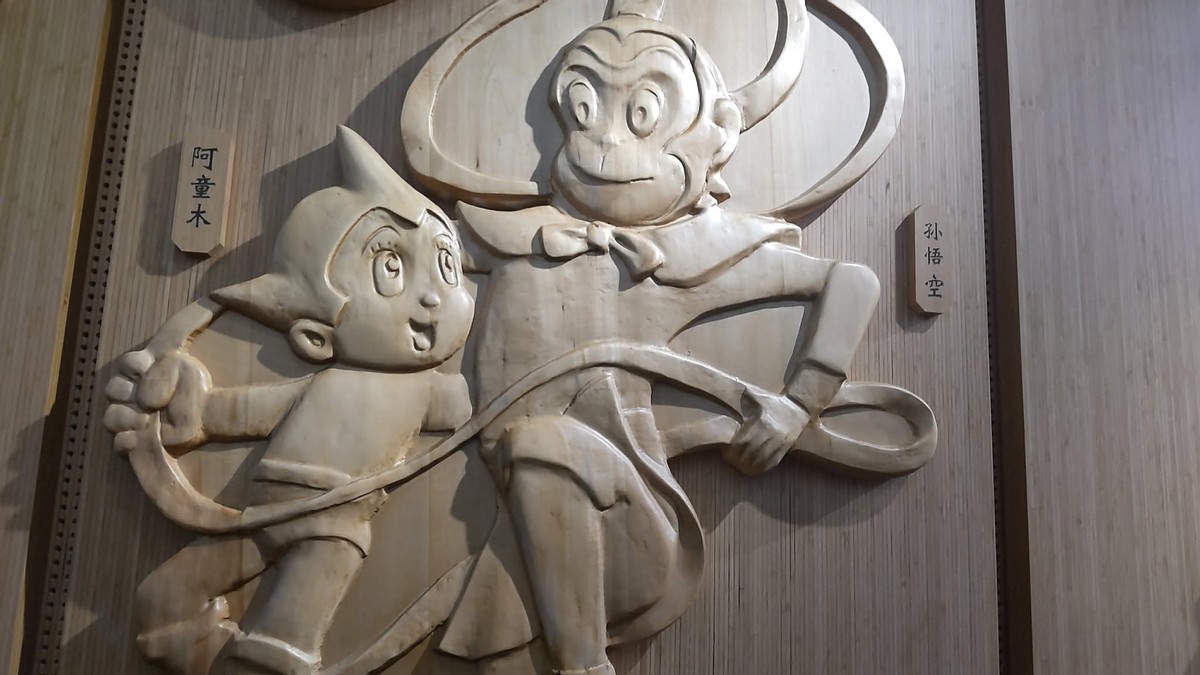
The Expo 2025 Osaka is reaching its climax, and my husband and I visited there again a couple weeks ago, which was our seventh time so far.
This time we explored the Chinese Pavilion and the Portuguese Pavilion.
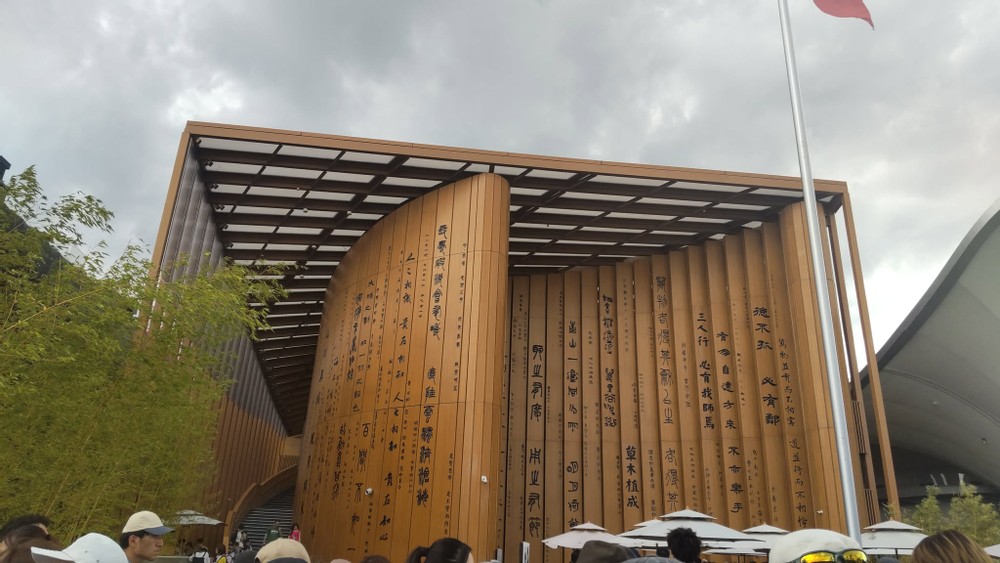
When we entered, a mascot panda bear greeted us at the entrance.
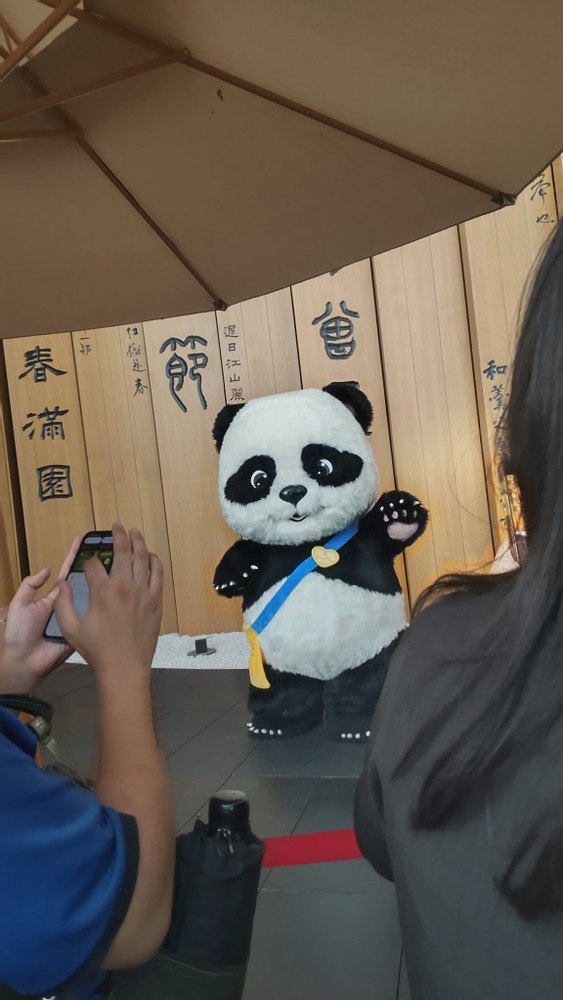
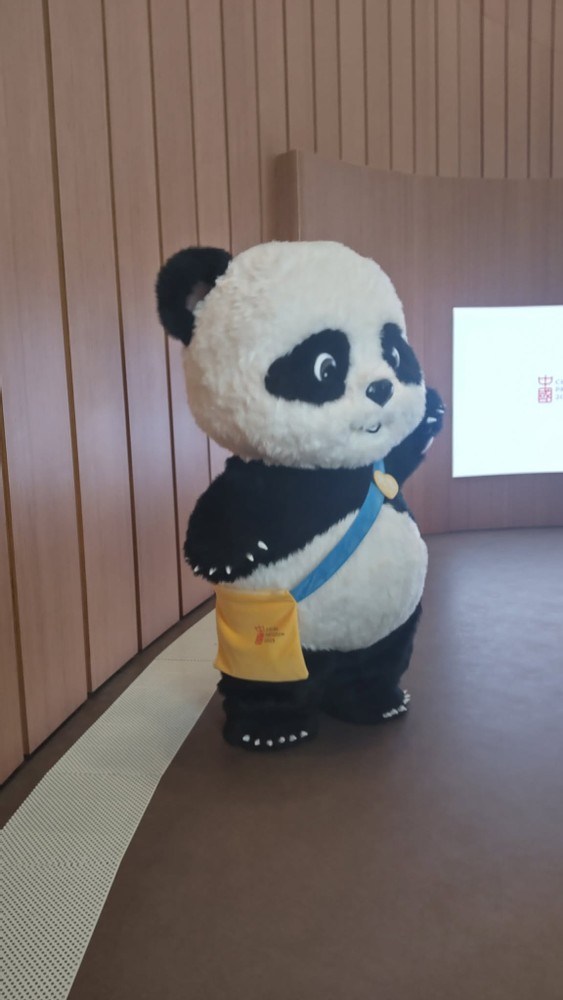
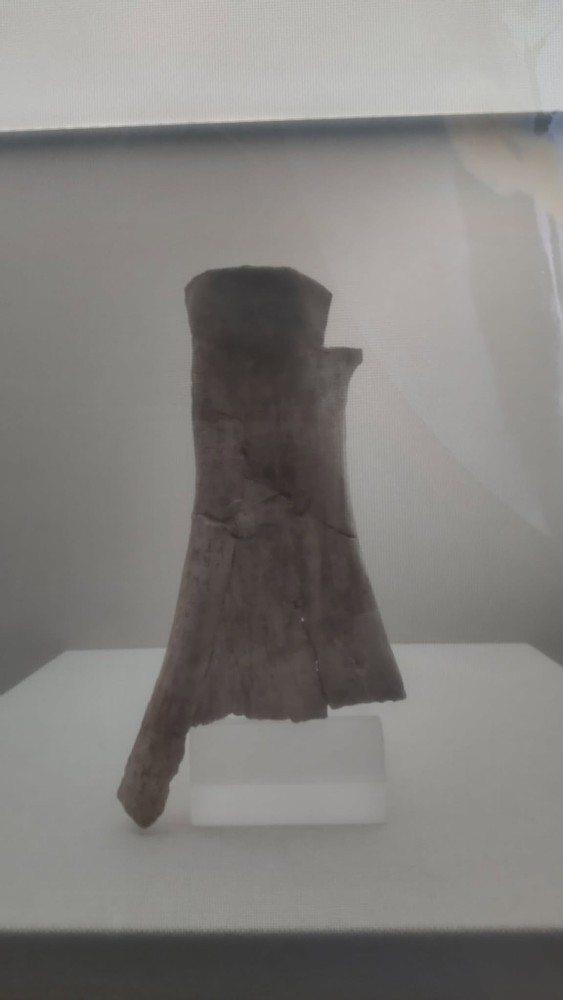
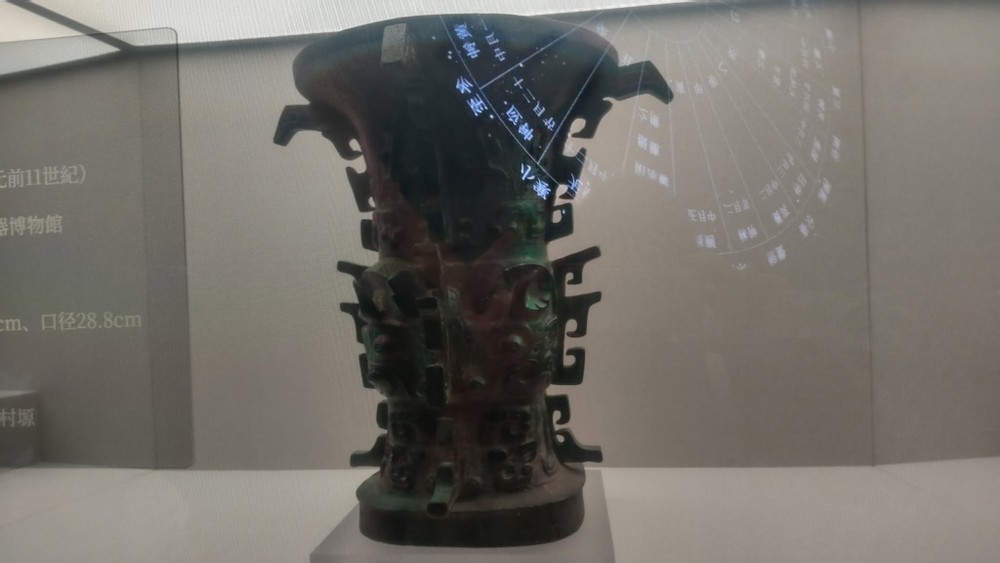
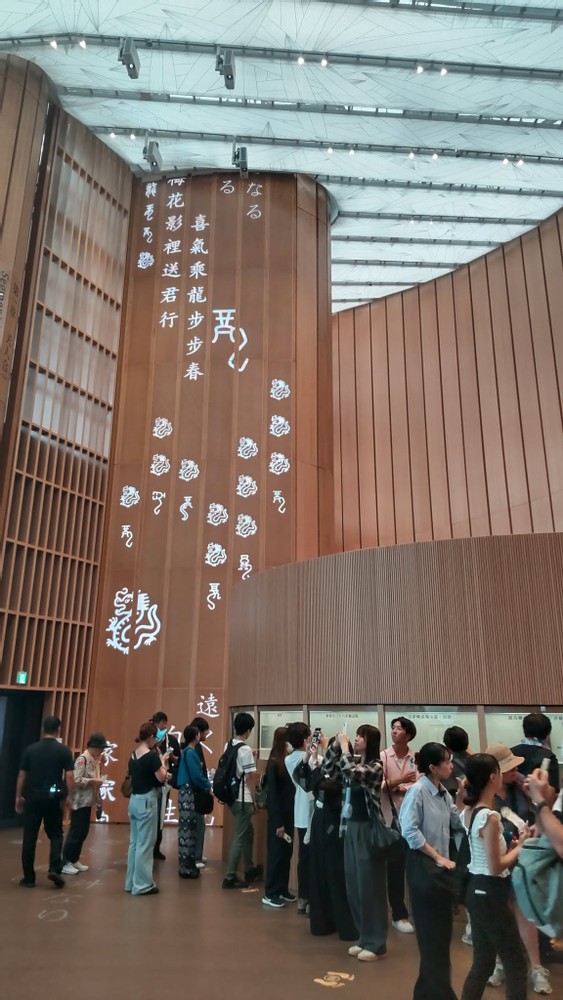
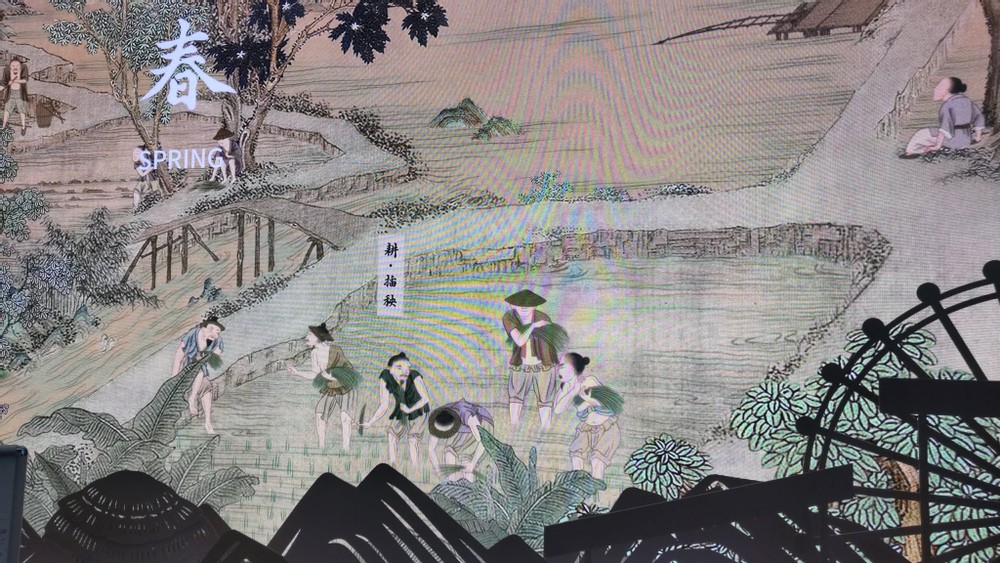
This exhibition showcased impressive high technology. Several ancient pieces were displayed, and when we touched the each glass case, a small screen popped up on its surface and provided the detailed explanations about each piece. The glass seemed to have a builtin computer. We could choose the language as well, which was so cool. I think in the near future, probably, many art and history museums will adopt this kind of system. I'd love to see it in art exhibitions because it would help me better understand the historical background of each work while reading the information on each screen.
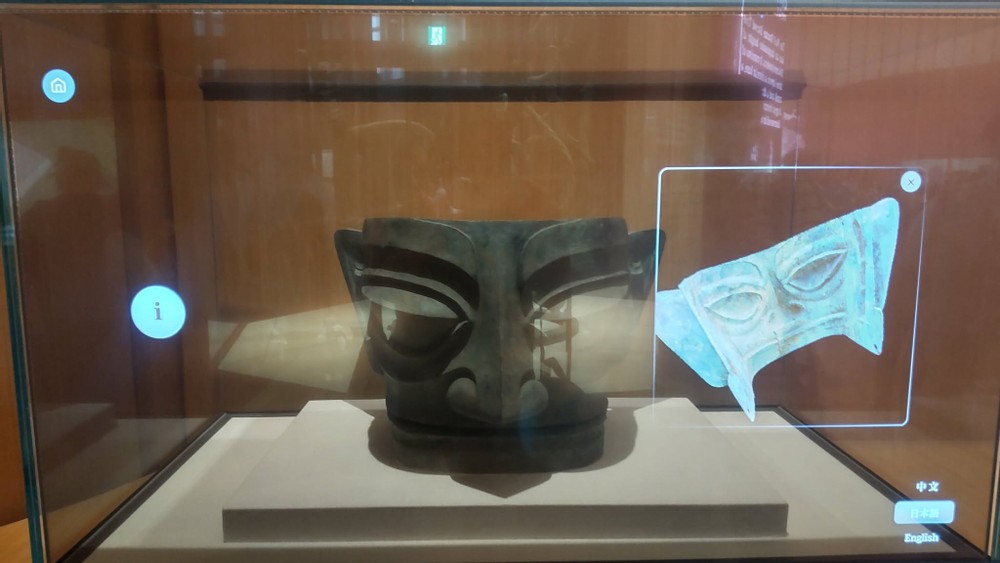
Not only that, but the screen showed us each piece from the different angles and even in cross-sections as well, which was pretty impressive.
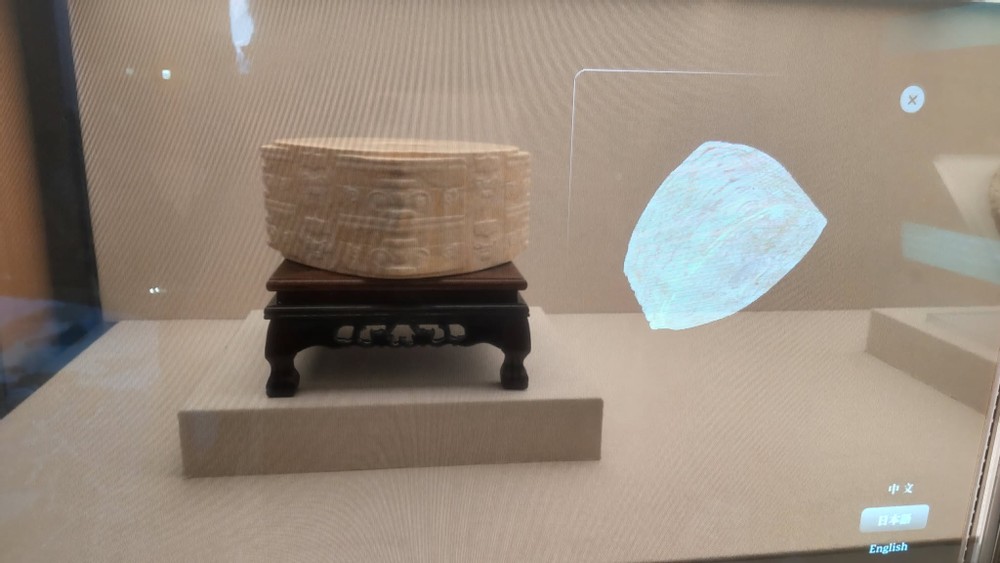
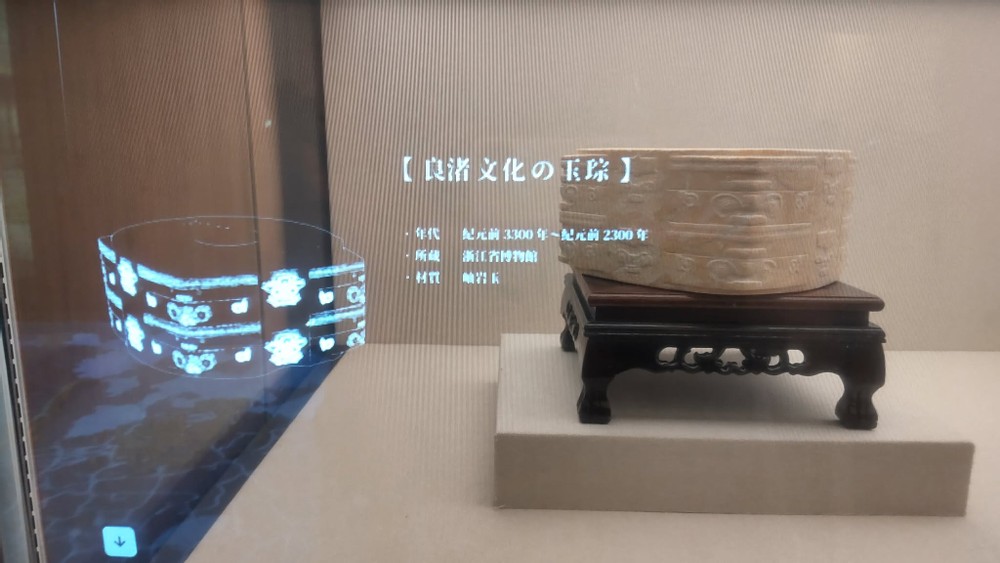
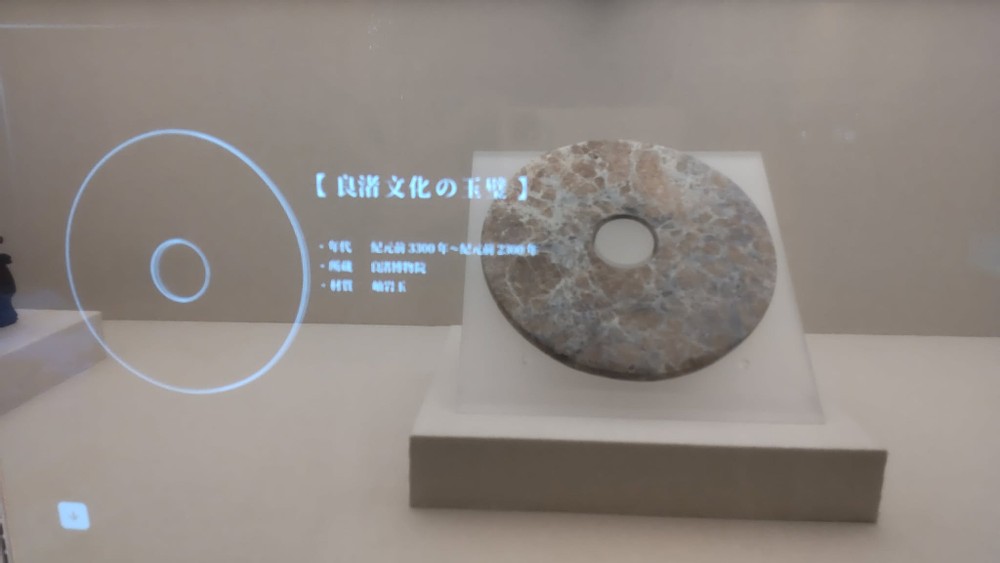
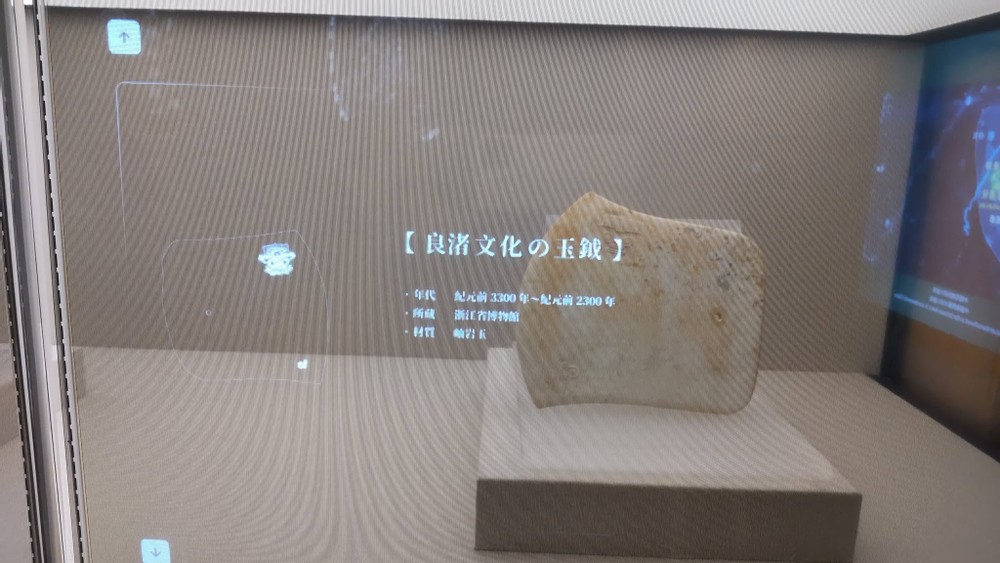
I particularly enjoy visiting pavilions that highlight the relationships between Japan and the countries. China and Japan have had a long history together. Around AD 600, the Japan government sent several senior officers to China to learn their techniques, culture, art and more. They are called kenzuishi (遣隋使)and kentōshiin (遣唐使) in Japanese.
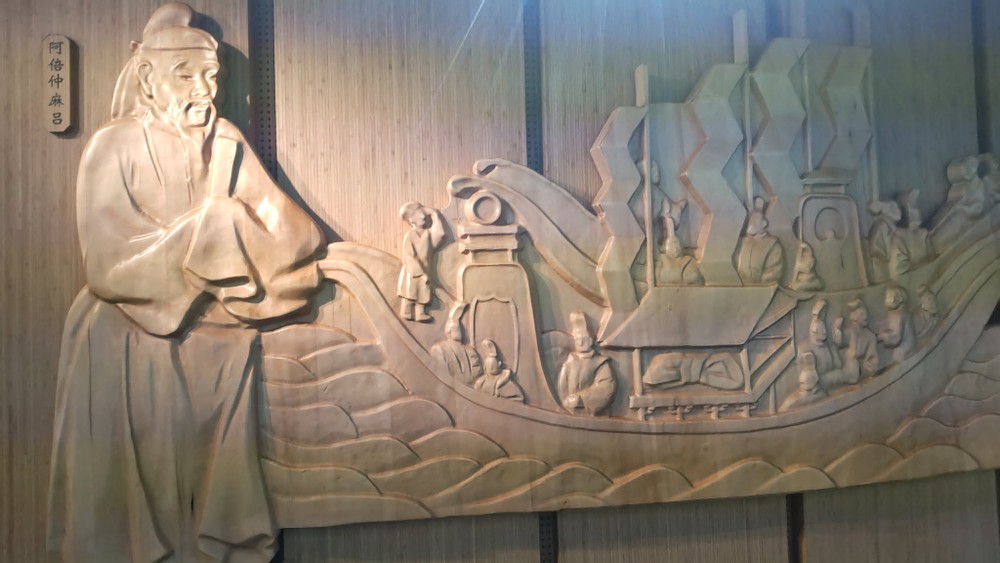
Japan also sent monks to study Buddhism. After returning to Japan, they had huge influence on Japanese culture back then.
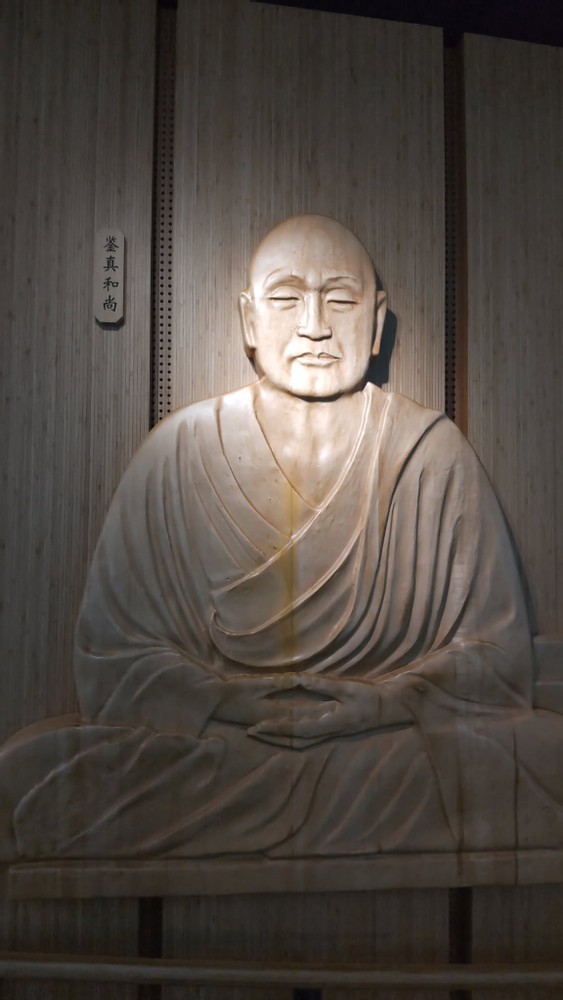
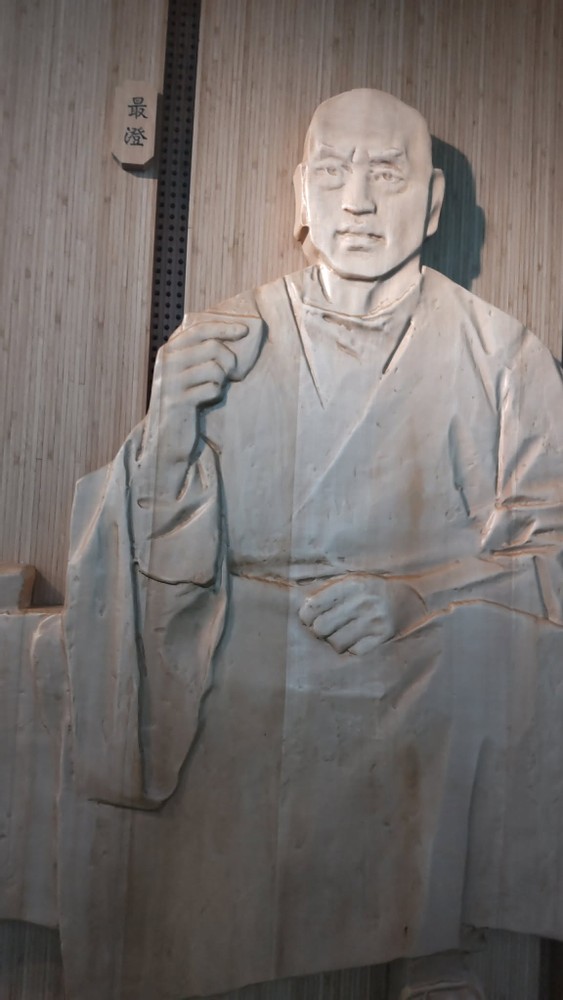
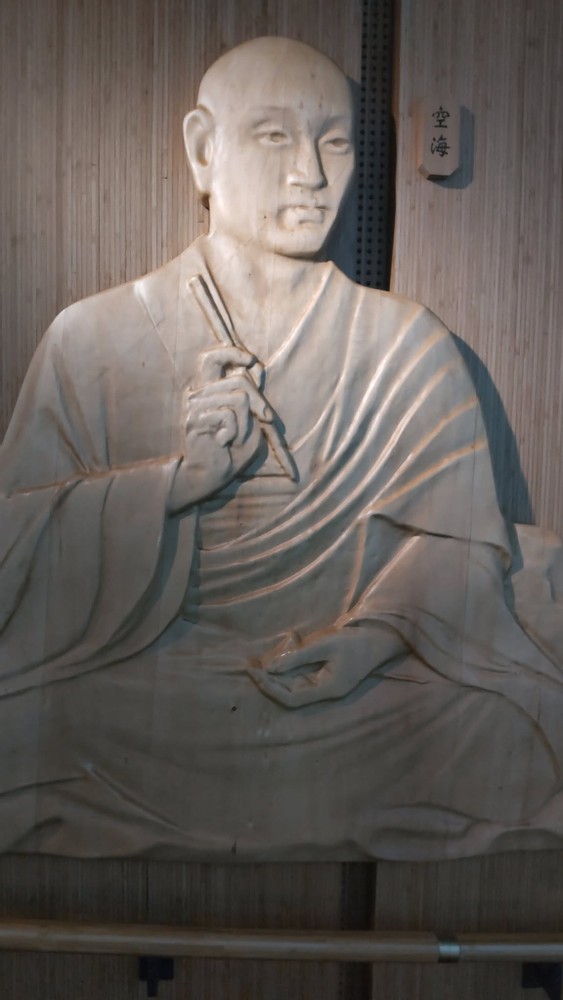
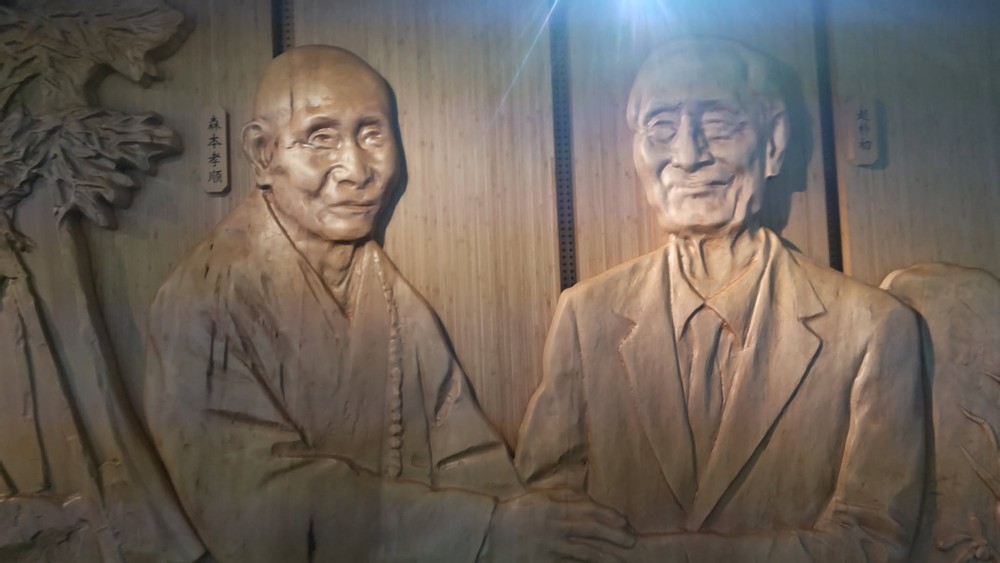
There was a display of Kōnosuke Matsushita (Japanese industrialist who founded Panasonic, the largest Japanese consumer electronics company) with Deng Xiaoping (politician, the leader of China back then). Matsushita visited China twice to discuss business with Deng Xiaoping.
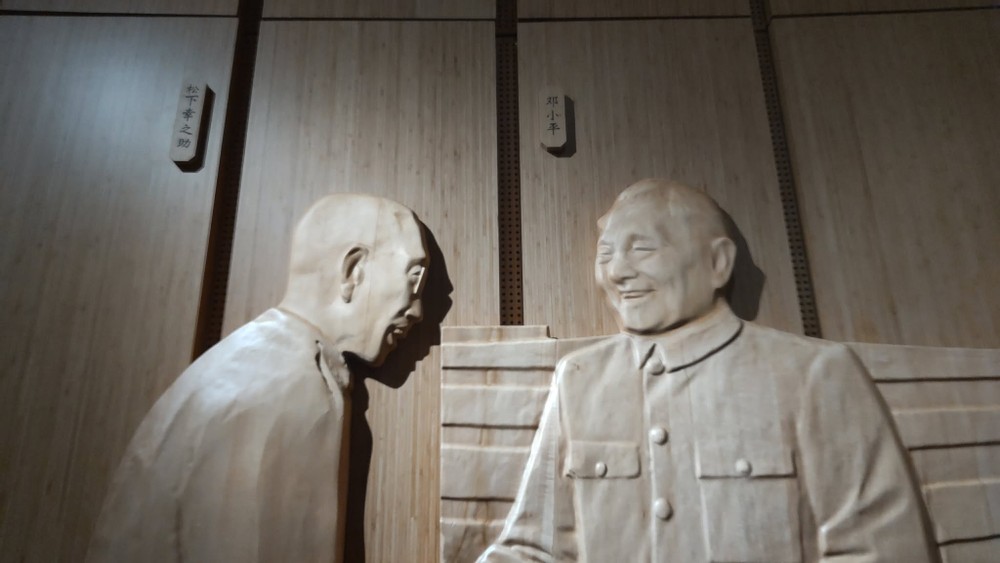
There was also a display of Astro Boy ( a Japanese anime character) and Sun Wukong ( the Monkey King from Journey to the West). I learned the AstroBoy's Chinese name is written as 阿童木 in Kanji.
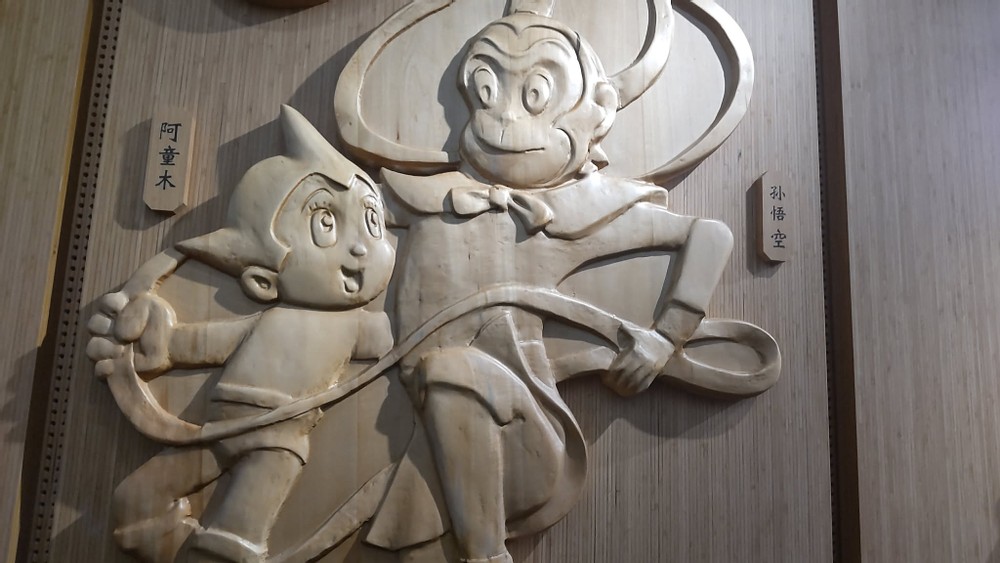
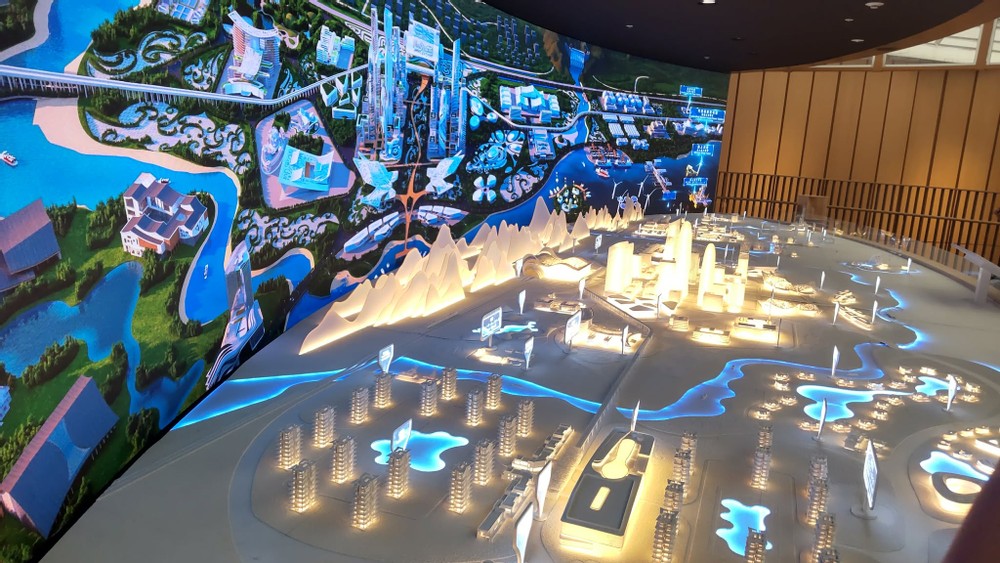
They also showcased some of their AI technologies.
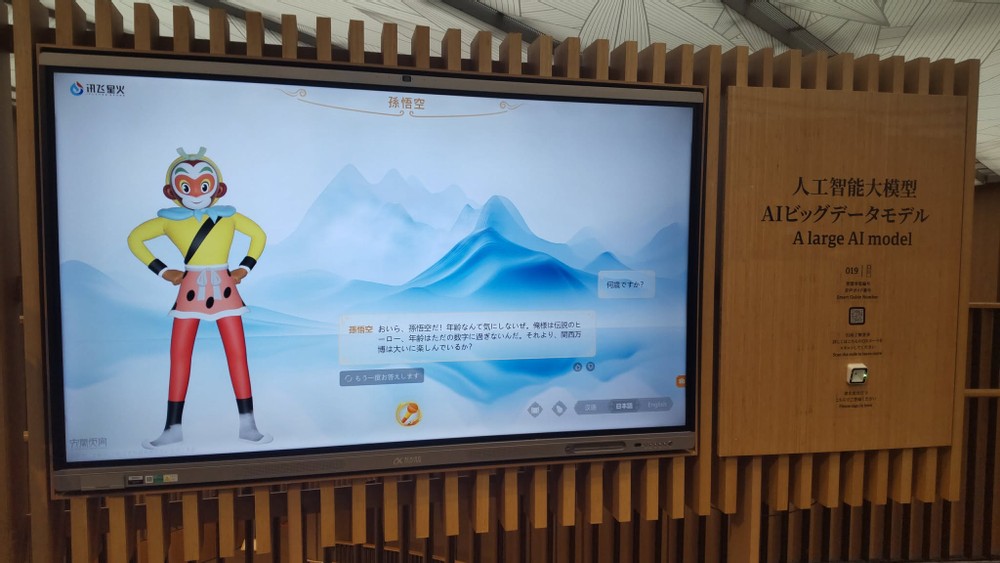
Another section introduced China's space program.
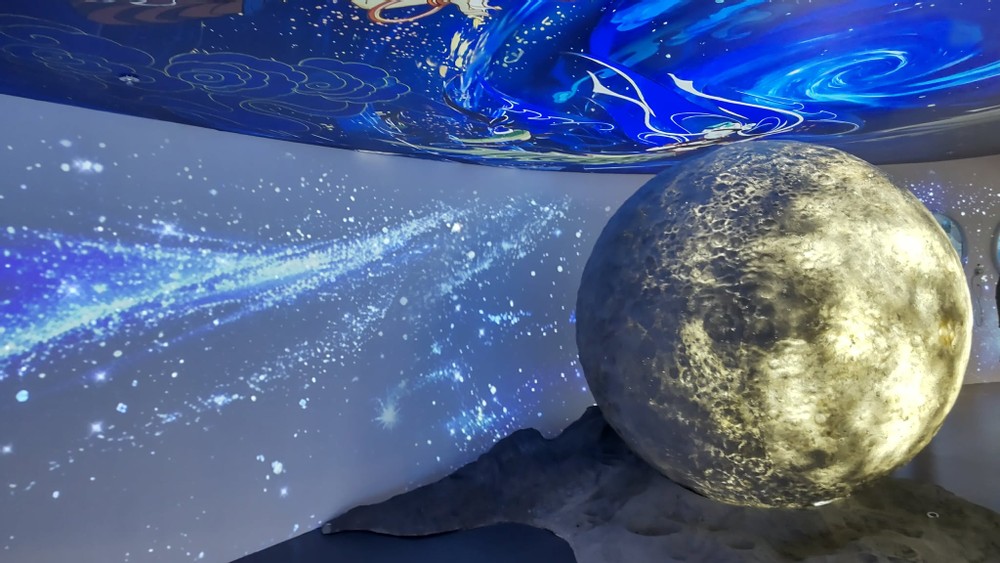
The picture below shows the moon sand, which Chinese Lunar probe successfully took home in December 2020. It was for the first time in 44 years since The Soviet Union's mission. I guess the Chinese Pavilion was the largest, and it made me think they mus have paid lots of money to support this expo. They did a great job to advertise their country.
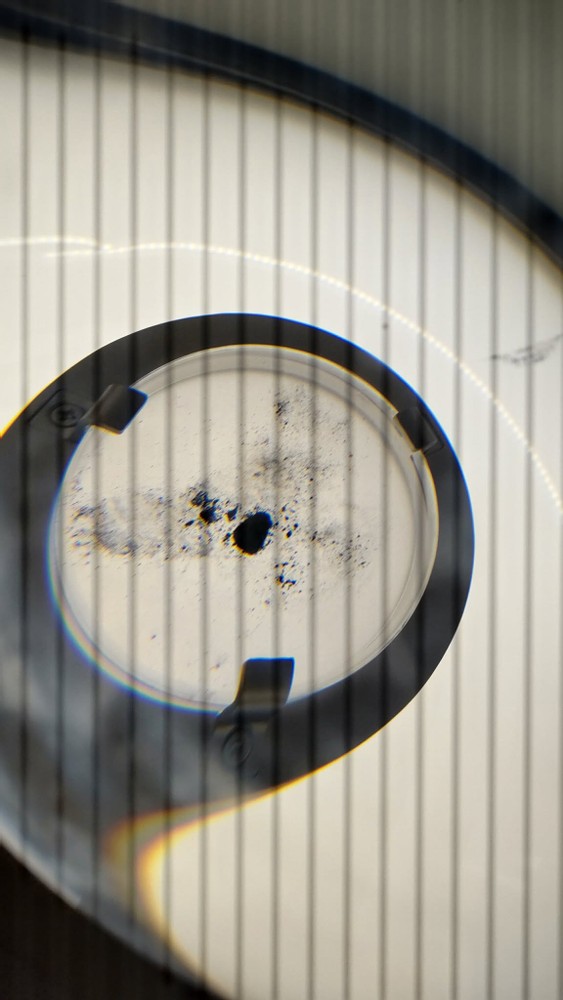
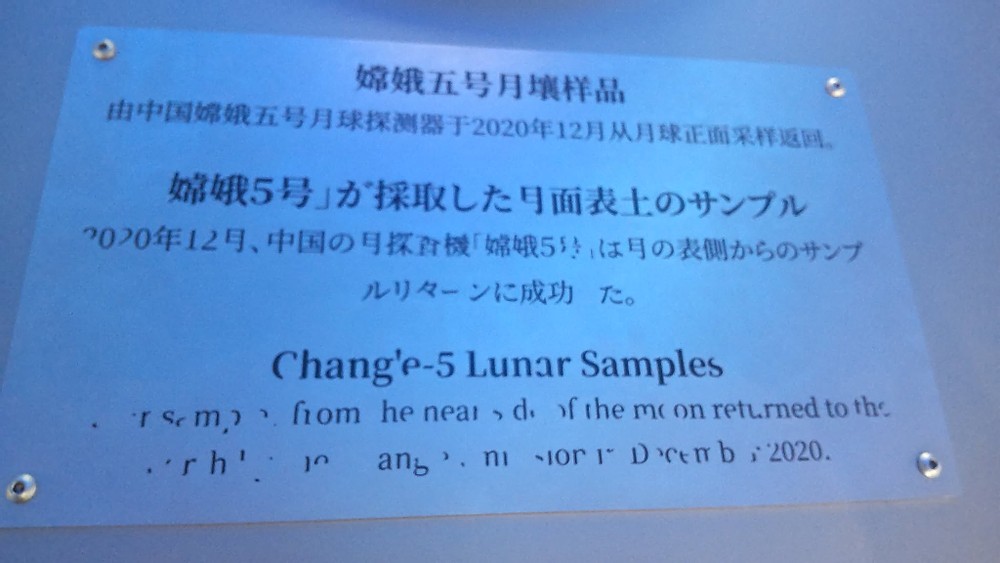
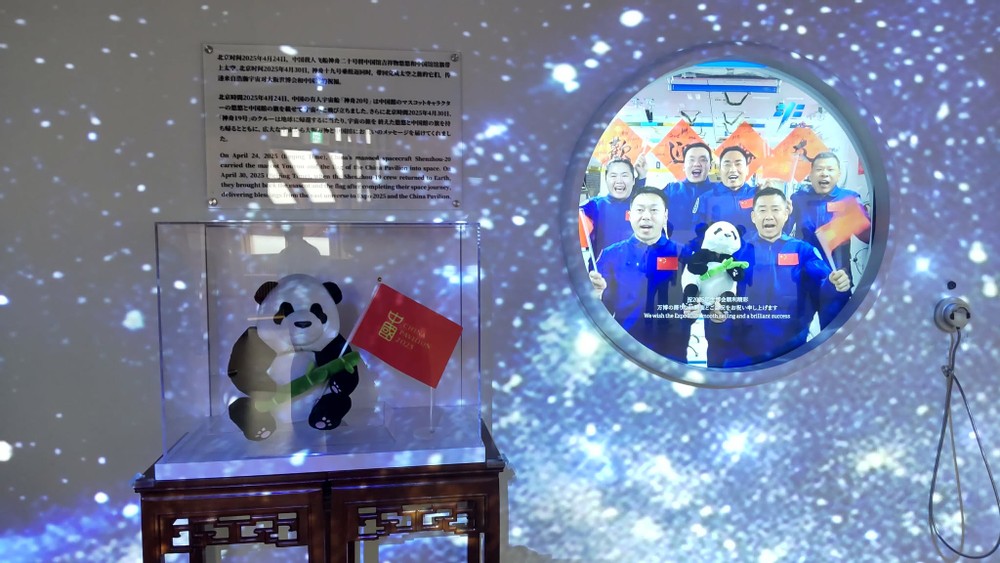
After enjoying Chinese Pavilion, we visited the Portuguese Pavilion.
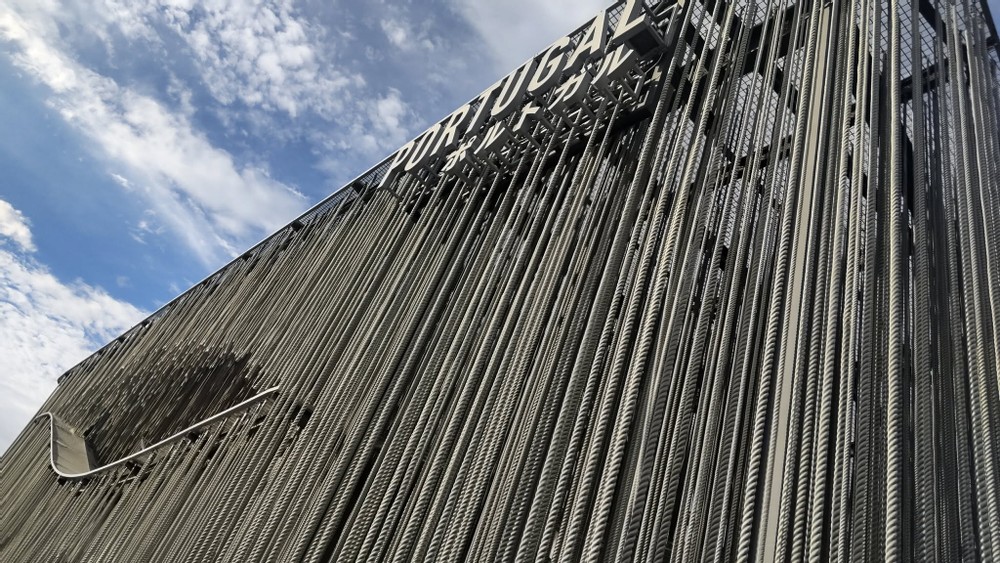
There was a statue made with Delftware tiles. Since I'm a fan of Delftware, I was delighted to see the real ones. I won't go into the history of porcelain here, but it's clear that Portuguese ceramics were deeply influenced by Chinese and Japanese porcelain.
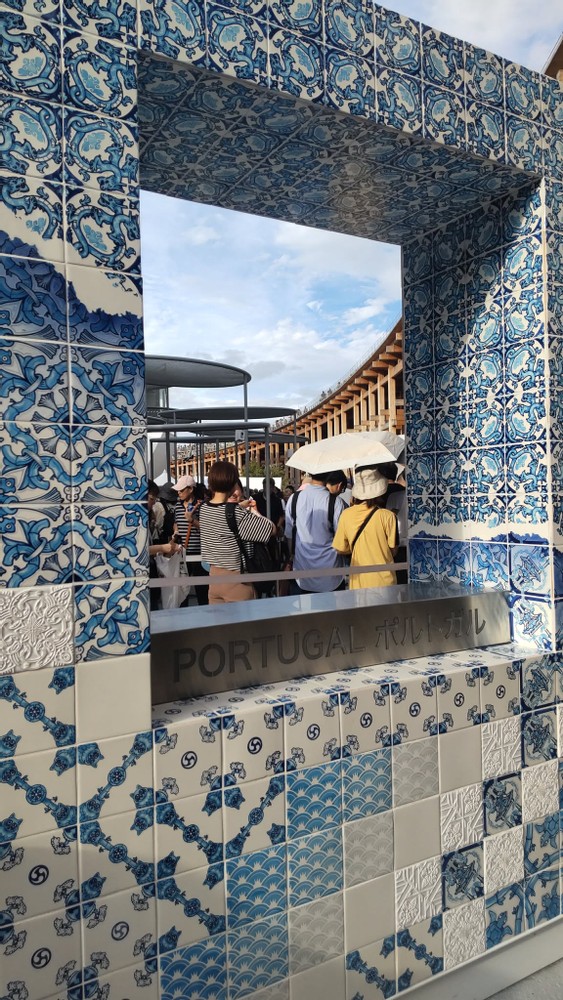
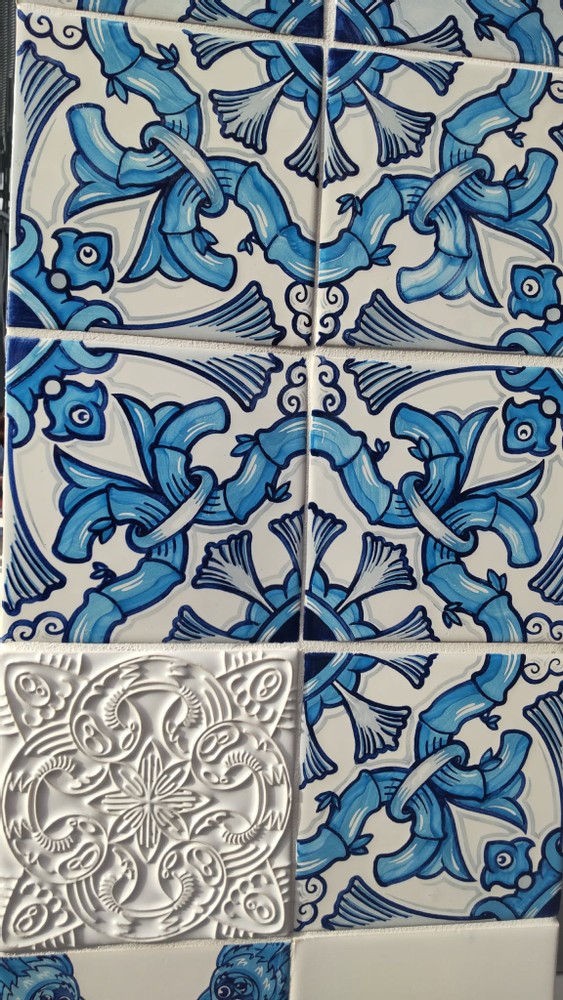
The theme of their exhibition was Portuguese black ships, which were merchant vessels from the 16th-centry. If you've watched the American drama Shōgun, you'll know what I mean. At that time, Portugal and Spain were competing to try dominating the world. They made an agreement called Treaty of Tordesillas, and Portugal tried Japan to make one of their colonies.
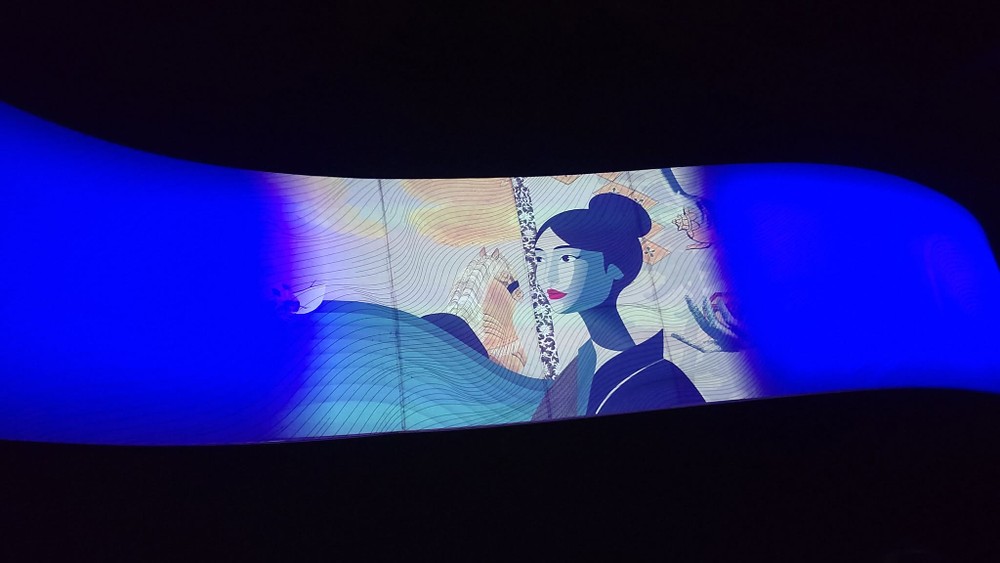
I was especially impressed by a painting of the black ship in the picture below. Some of the readers with good intuition might already notice this, but I've been painting a black ship for my competition piece. I was inspired the idea from this pavilion.
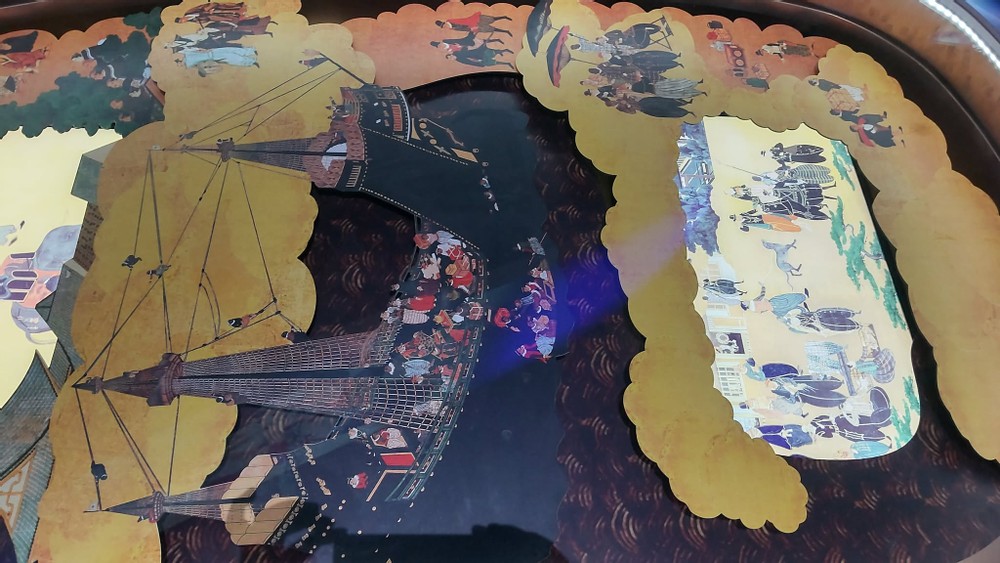
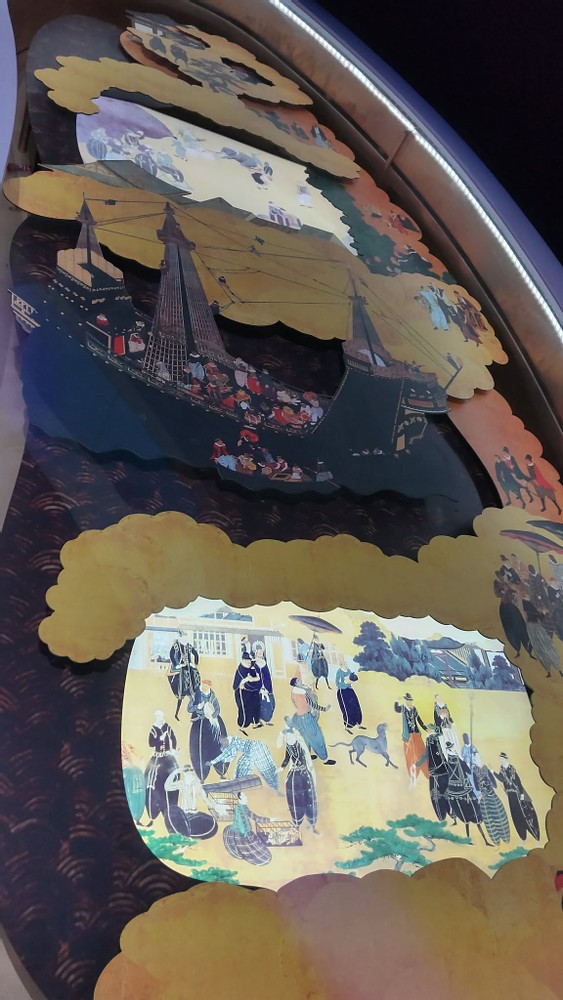
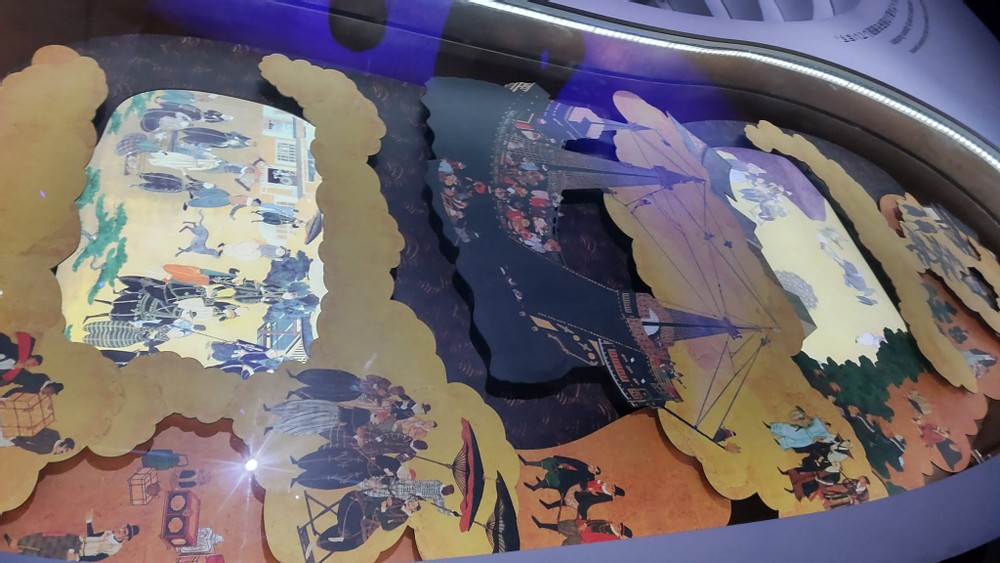
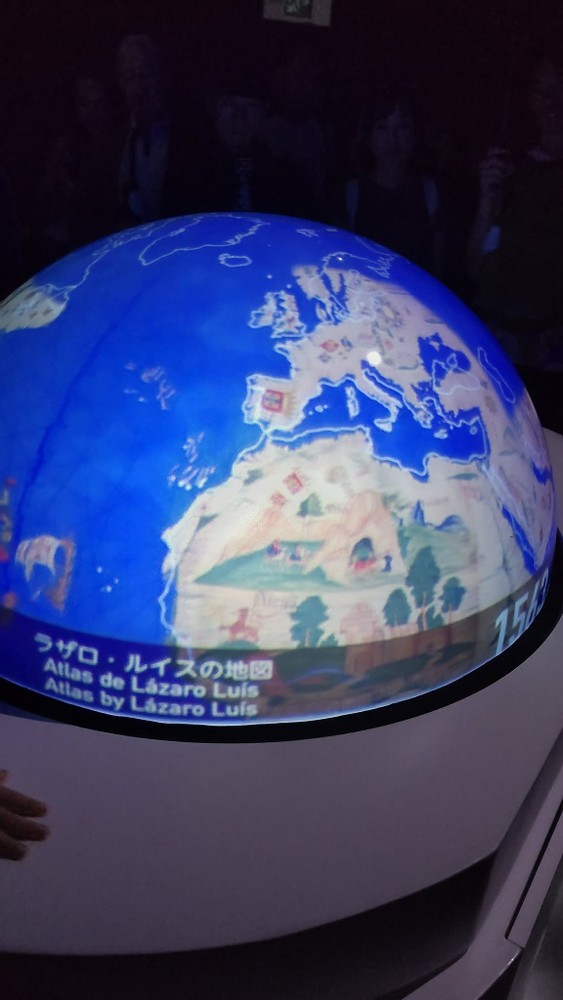
Although It might be new information for Japanese learners, we have lots of loanwords from Portuguese because of the historical reason. It was fascinating to see the panel which was filled with those words.
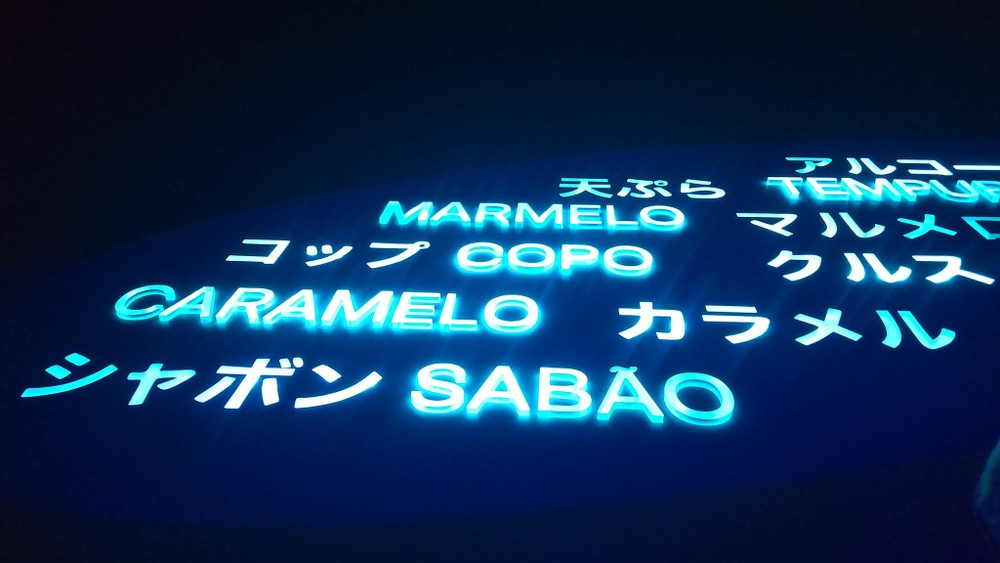
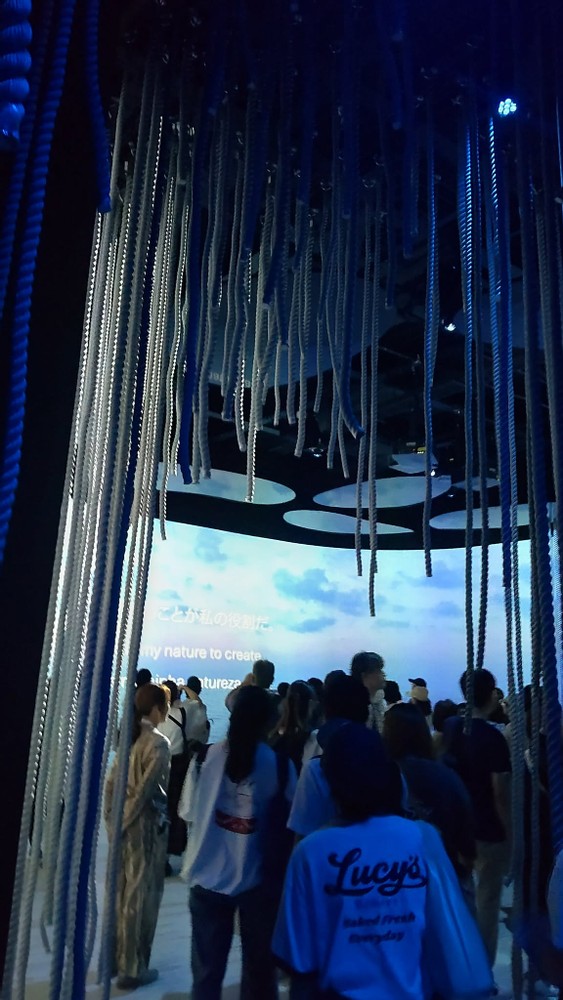
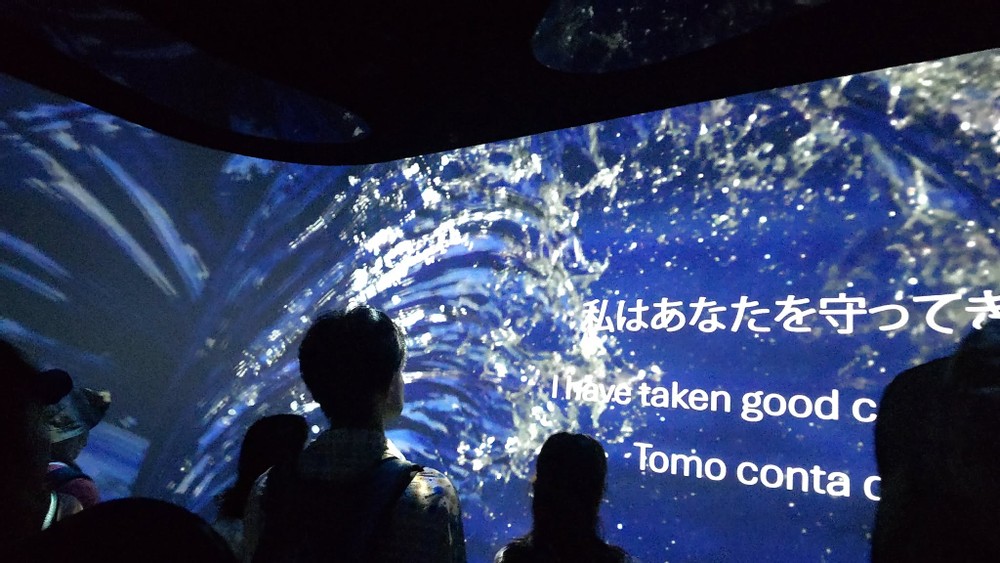
The last picture shows two bookmarks from the Chinese Pavilion, which were given to all visitors.
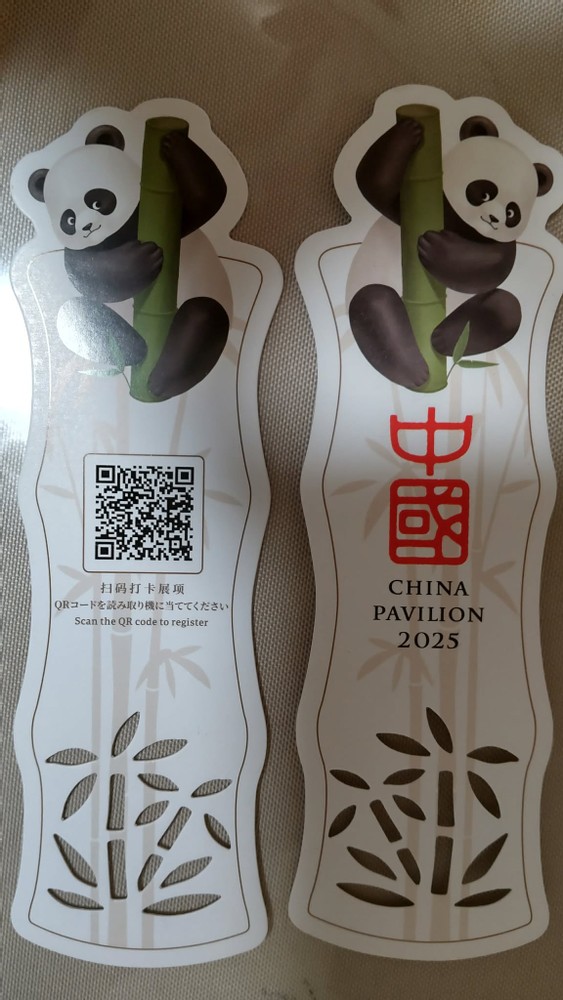
Both the Chinese and the Portuguese Pavilion featured exhibits something related to Japan and its history. I think it's one of the good strategies to entertain Japanese visitors. At least both my husband and I enjoyed those Pavilions.
(5035)
How interesting! I think the Portuguese tiling was so beautiful.
Thank you as always reading and commenting! Yes, it was!